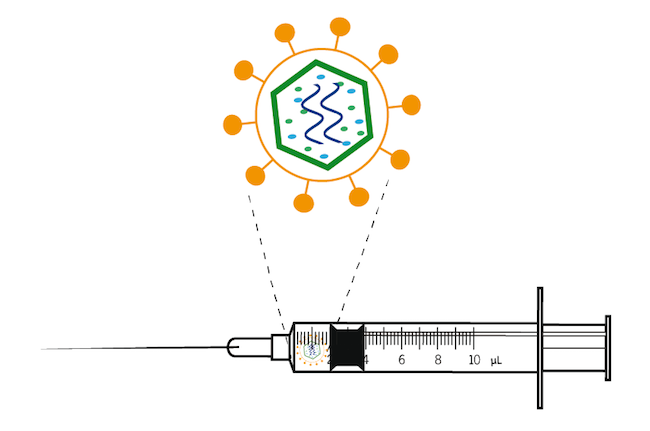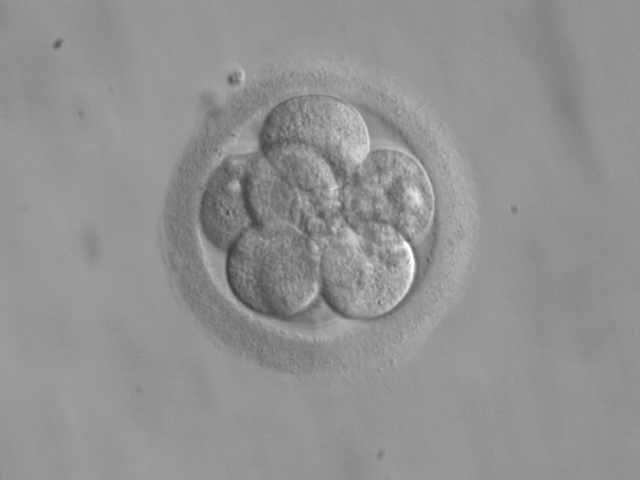What is gene therapy?

In a genetic disorder, a mutated gene produces a faulty protein that can't do its job properly. Gene therapy aims to introduce a normal version of that gene into a cell, which produces a protein that works.
There are two types of gene therapy that are theoretically possible for the treatment of recessive genetic disorders: somatic gene therapy and germ line gene therapy.
Somatic gene therapy is where a mutated gene is edited or replaced in the DNA of cells in the affected body part only. In the case of Batten disease this would be the brain. The modification would not be passed down to any children.
Here is a short video that explains how somatic gene therapy works. It is produced by Applied Genetic Technologies Corporation (AGCT), a company that produces gene therapy for genetic disorders that affect eyesight.
Javascript must be enabled to play this media.
 Germ line gene therapy is where a mutated gene is edited or replaced in the DNA of all of the cells of an embryo. All of the baby's cells would then be genetically modified, and it would pass the modification on to its children when it had them.
Germ line gene therapy is where a mutated gene is edited or replaced in the DNA of all of the cells of an embryo. All of the baby's cells would then be genetically modified, and it would pass the modification on to its children when it had them.
This type of modification has only recently been done in human embryos, but these embryos are not allowed to develop into babies as there are many ethical issues involved.
Next: Testing gene therapy for Batten disease in sheep
Previous: Recessive genetic disorders, family trees, and genetic testing
